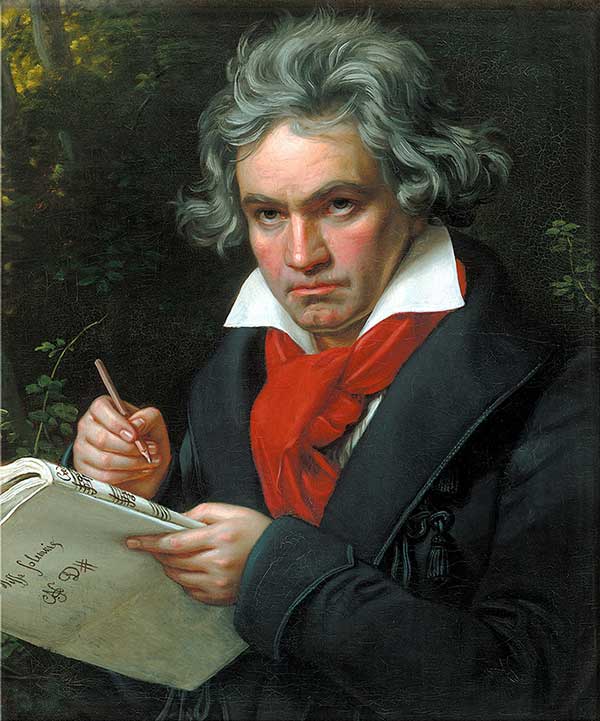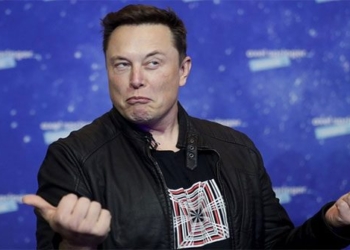“Symphony No. 10” by Beethoven, unfinished, completed by artificial intelligence (AI), launched on the occasion of his 250th birthday.
The project was undertaken by a group of composers and engineers who researched for two years, introducing it to the public on October 9 in Bonn, Germany – Beethoven’s hometown. On YouTube, most viewers praised the music. User Sally Nylund commented: “What I am hearing is truly Beethoven’s music.” “I love the use of the organ in the interlude. I agree with many that Symphony No. 10 contains nostalgia, reflecting Beethoven’s respect for Bach and Handel,” wrote user John Bader. Others found the product interesting but lacking the subtle connections between sections that characterize Beethoven’s works.
In an article published by The Independent on October 14, Professor Ahmed Elgammal from Rutgers University (USA) – the project initiator – acknowledged that he knew some would disagree with the notion that art transcends algorithms and AI. However, he believes that artificial intelligence is a tool that opens doors for artists to express themselves in new ways.
Ahmed Elgammal conceived the idea of completing Symphony No. 10 in 2019. He reached out to Dr. Matthias Roeder, director of the Karajan Institute, an organization in Austria, to present his idea. Roeder assembled a research team, which included Austrian composer Walter Werzowa, who was responsible for conceptualizing the structure of the work. Composer Mark Gotham replicated Beethoven’s sketches, processing all of his work to create the input data. Robert Levin, a musicologist at Harvard University, also participated. He is a pianist who has helped complete several pieces by Mozart and Johann Sebastian Bach.

Portrait of Beethoven painted by Joseph Karl Stieler.
Professor Ahmed Elgammal noted that the project faced many hurdles due to the simplicity of AI at the time, which was not capable of performing many complex tasks. They spent a significant amount of time “training” the AI to understand the compositional style of the composer, how he developed notes into lively symphonies, quartets, and sonatas. For instance, the AI referenced how Beethoven structured Symphony No. 5 using the four-note motif of “short-short-short-long” that repeats. Additionally, the AI learned to connect and organize sections, while also assigning instruments to different movements. They conducted several trial performances for experts and researchers before announcing the project.
Beethoven passed away in 1827, three years after completing Symphony No. 9. He had written sketches and some ideas for Symphony No. 10, but his health had deteriorated. In 1998, musicologist Barry Cooper studied 250 sketches by Beethoven, from which he derived his style to complete the first and second movements of Symphony No. 10. However, this version did not gain widespread popularity.
According to Times magazine, artificial intelligence has been associated with music for a long time, but it has only been widely applied in recent years. Since 1951, Alan Turing, a pioneer in computer science, created a machine that generated three simple melodies. In the 1990s, David Bowie created music using digital applications capable of generating random lyrics for inspiration. In 2018, Francois Pachet released a pop album composed by artificial intelligence – Hello, World. A year later, singer-songwriter Holly Herndon received much acclaim for Proto – an album she collaborated on with an AI version of herself. However, many still argue that AI cannot create classical masterpieces. In 2016, the song Daddy’s Car, written by AI in the style of The Beatles, was criticized as “a mess.” In Vietnam, an AI model by engineer Nguyễn Hoàng Bảo Đại launched earlier this year, capable of writing 10 songs in one second.





















































